Psychedelics’ ability to increase neuroplasticity has profound implications for mental health treatment as a whole. Current treatments available for most mental difficulties come with the potential for extremely distressing or dangerous side-effects. Psychedelics are some of the least dangerous substances we are aware of. Therefore, their ability to facilitate the rewiring of neural circuits involved in mood, reward, and cognition, may offer a powerful tool for overcoming rigid, and negative patterns of thought and behaviour. It is these fixed patterns which are believed to be the underlying cause or result of many mental health disorders.
The extensive literature on psychedelic-assisted therapy suggests that these compounds can induce significant and lasting improvements in a range of conditions, including:
– Major depressive disorder
– Anxiety disorders, such as generalised anxiety and social anxiety
– Post-traumatic stress disorder (PTSD)
– Obsessive-compulsive disorder (OCD)
– Substance use disorders, including alcohol and tobacco addiction
Psychedelics can evoke powerful subjective experiences which promote a sense of unity, transcendence, or emotional catharsis. It is this which may provide the “reset” cutting entrenched neural patterns and creating opportunities for psychological change.
As research progresses, psychedelics will likely become invaluable, safe tools for increasing psychological flexibility and expanding the capacity for personal growth and self-awareness. However, it is important to recognise that the profound alterations in neural connectivity induced by psychedelics also raise important safety considerations, highlighting the need for carefully controlled, clinical settings and appropriate therapeutic support.
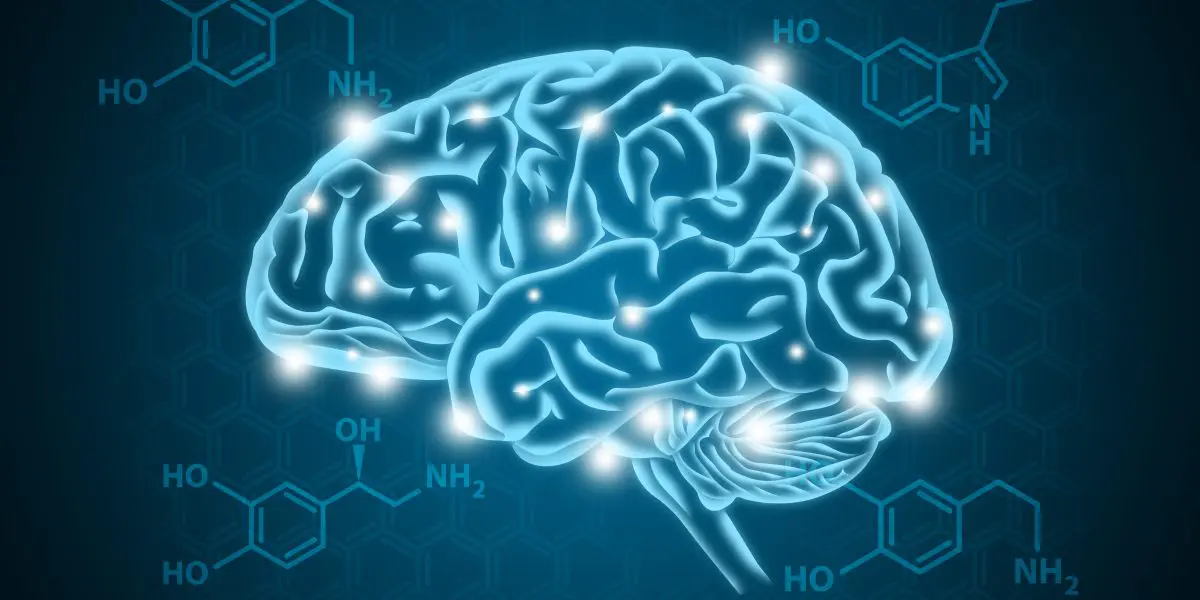


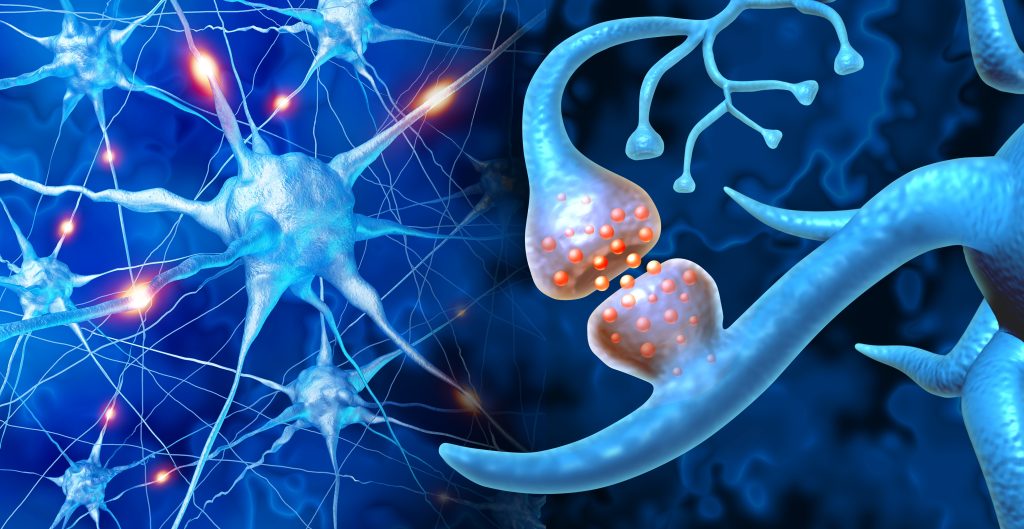

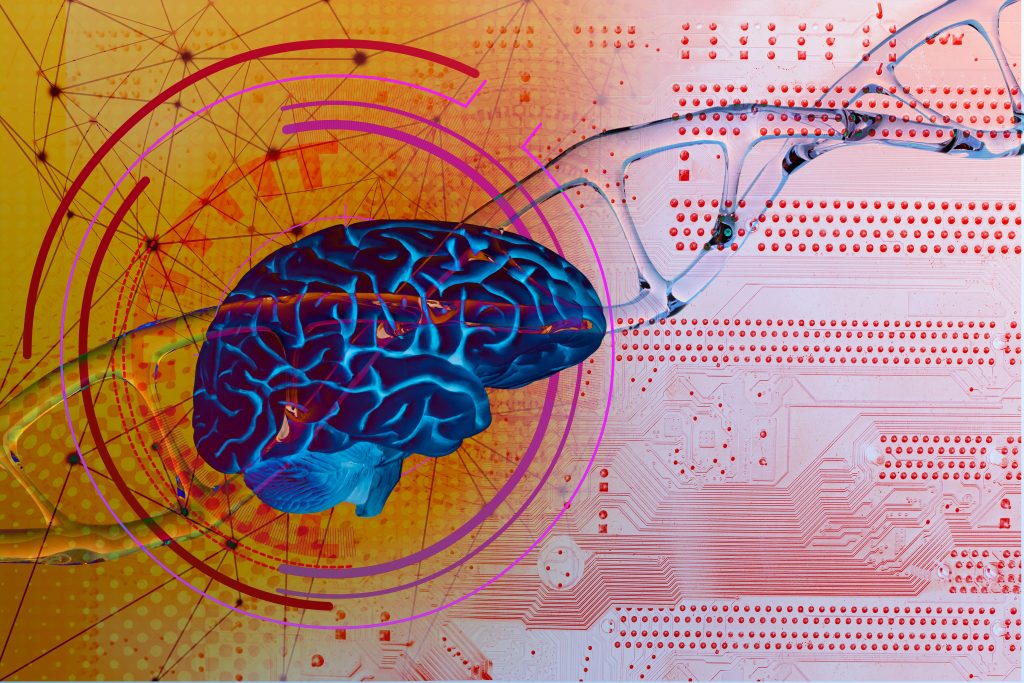









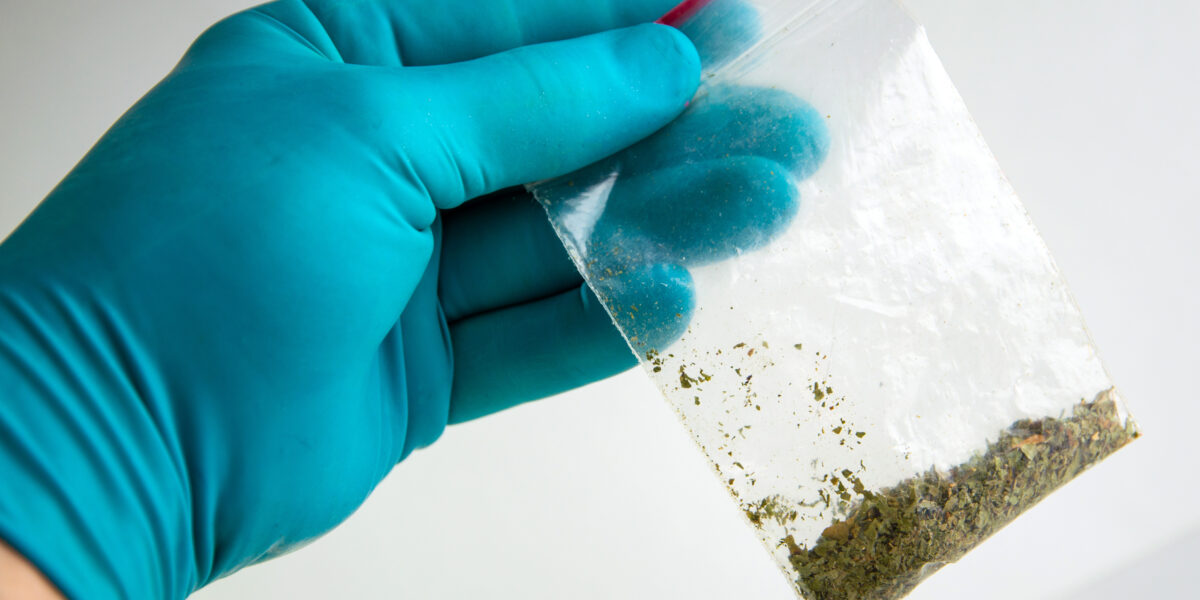
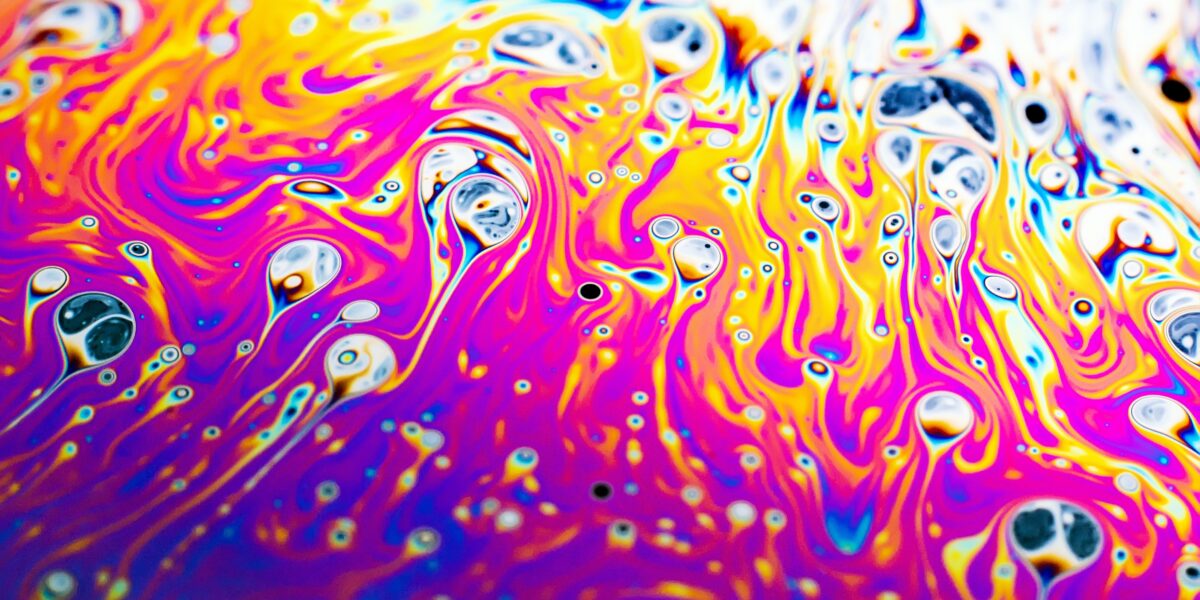

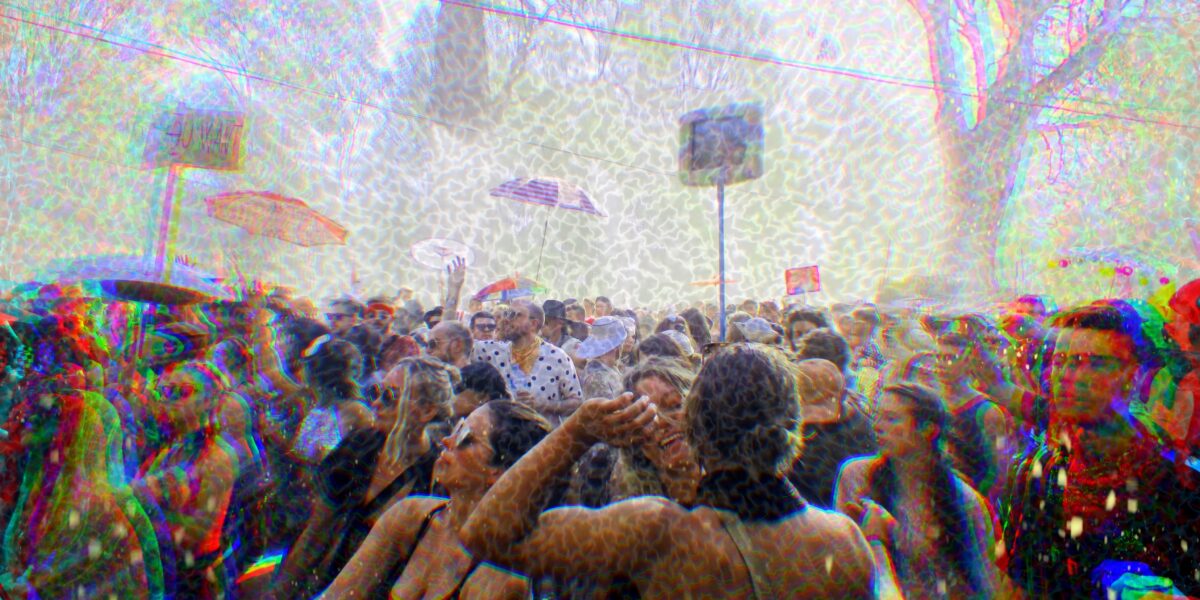




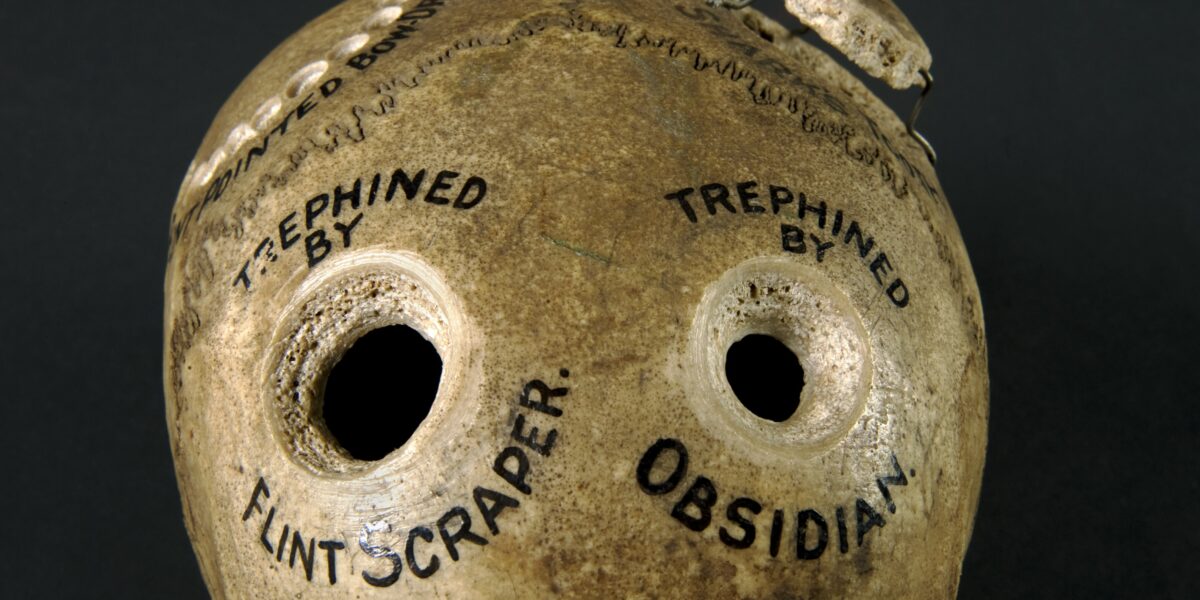
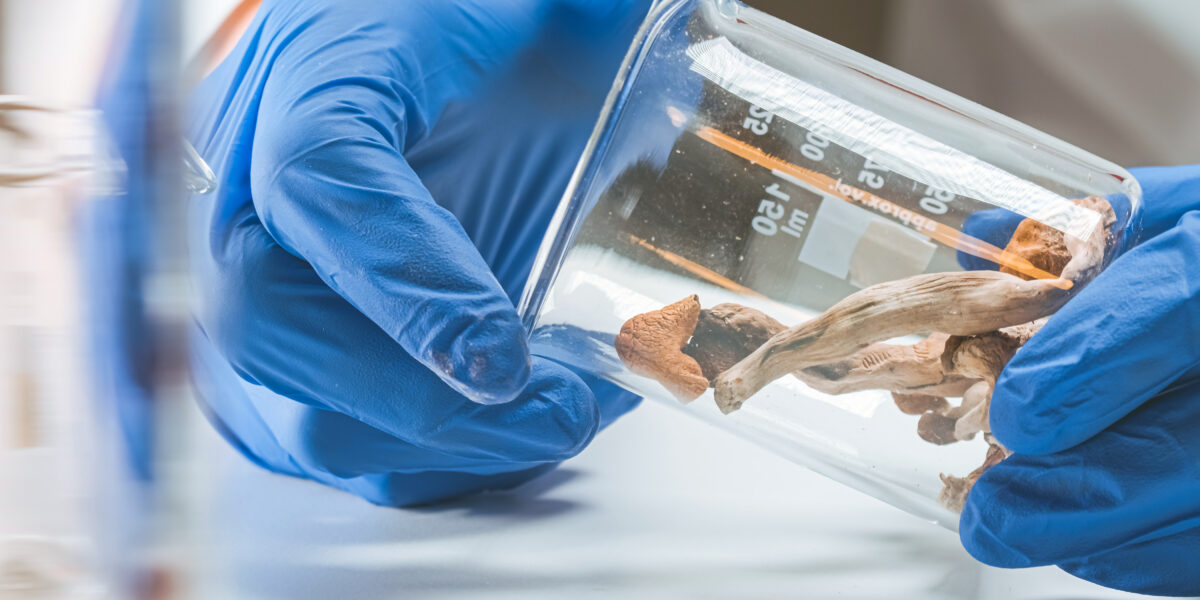







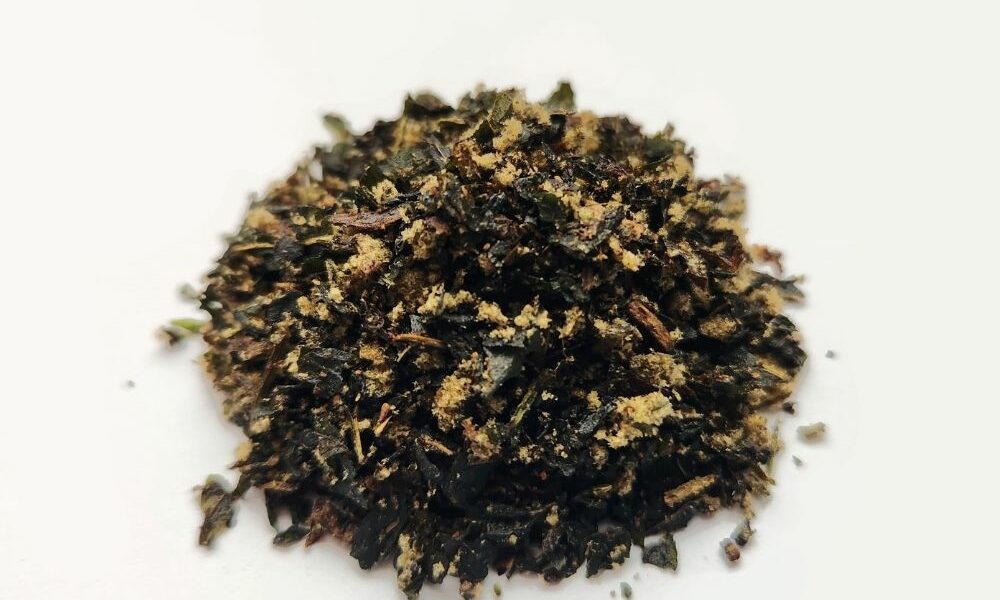


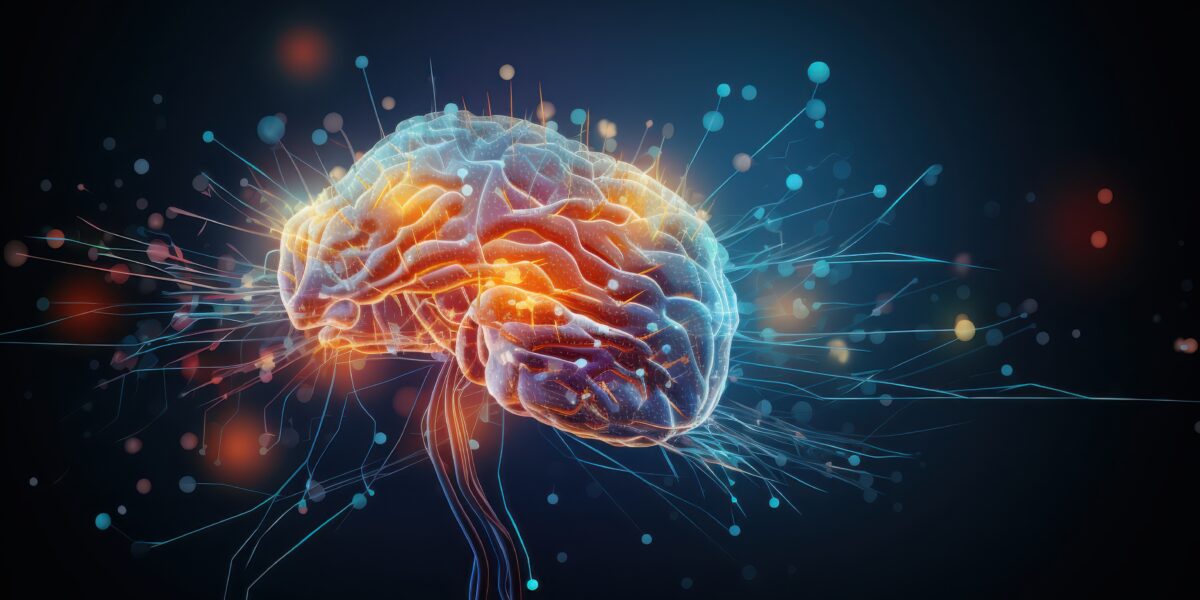


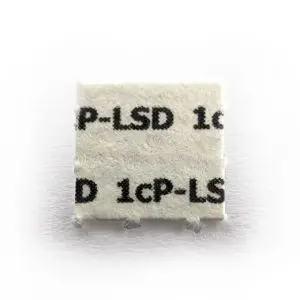
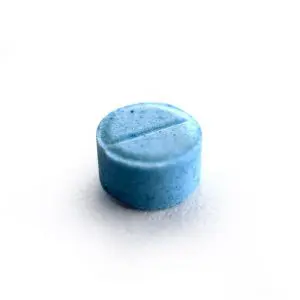


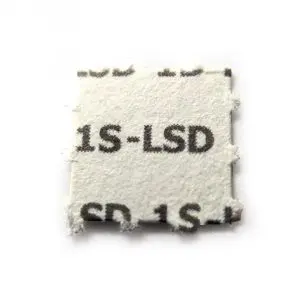

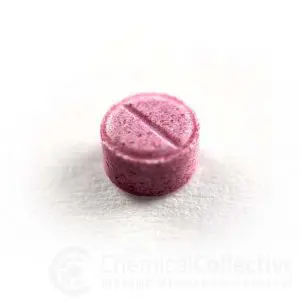
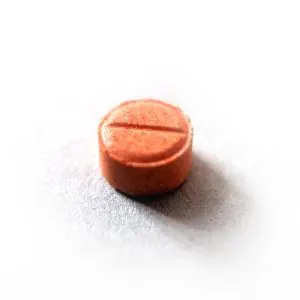
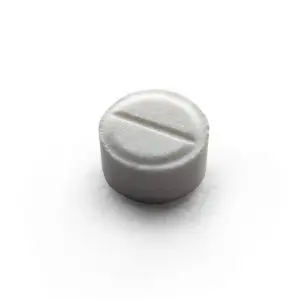


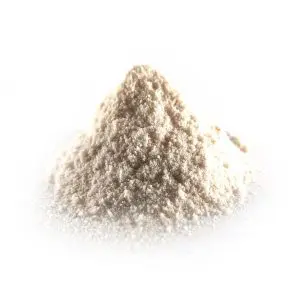





share your toughts
Join the Conversation.
I put my faith in psychodelic reaserch, especially in neurodamage disturbance like dementia or Alzheimer disease. However there is a research about its, there is any about use psychodelic in CADASIL disease, so I gues that’s there is huge area to explore
Interesting